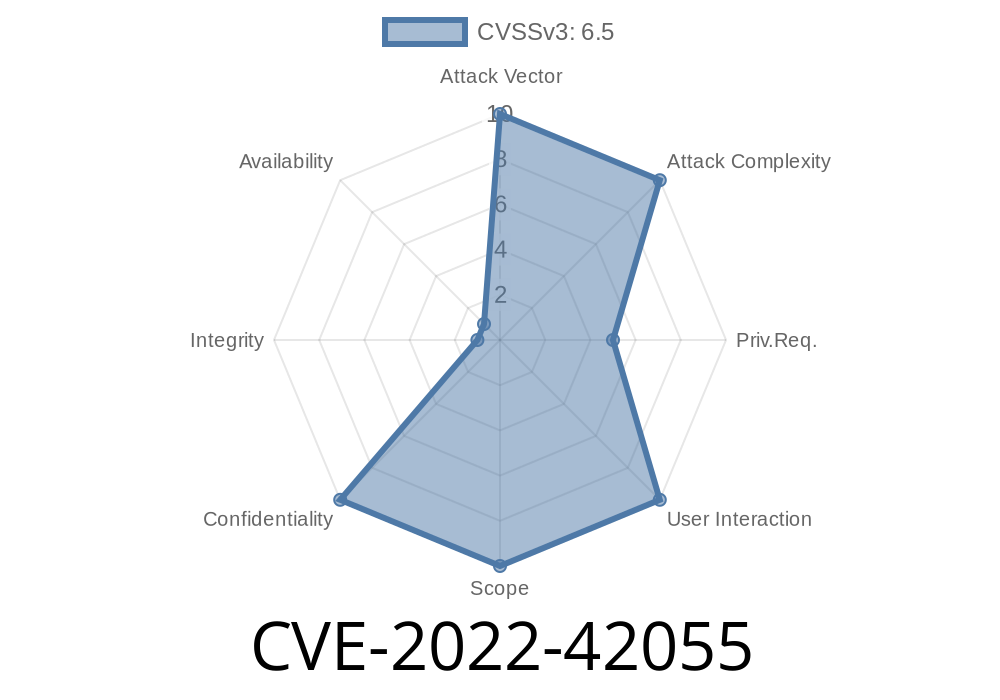CVE-2022-42055 is a vulnerability that affects GL.iNet GoodCloud IoT Device Management System version 1.00.220412.00. This particular vulnerability allows attackers to inject malicious commands, read arbitrary files on the system, as well as gain unauthorized access to sensitive information. This vulnerability targets the ping and traceroute tools in the GL.iNet GoodCloud IoT Device Management System, making it susceptible to multiple command injection attacks.
Overview of GL.iNet GoodCloud IoT Device Management System
GL.iNet GoodCloud is a centralized device management system designed for IoT devices. It assists users in monitoring and managing the devices easily and securely. However, this vulnerability in the system can expose sensitive information and make the system unstable and subject to unauthorized access.
Vulnerability Details
CVE-2022-42055 is a multiple command injection vulnerability that arises due to a lack of proper input validation in the ping and traceroute tools on the GoodCloud IoT Device Management System. The system fails to sanitize and validate the user-supplied inputs. This failure allows attackers to inject and execute arbitrary commands on the target system.
The following is a code snippet where the vulnerability could be exploited
def run_ping(host):
command = "ping -c 3 " + host
result = os.popen(command).read()
return result
In this code snippet, the host variable comes from unvalidated user input. An attacker can inject commands like ; cat /etc/shadow which, when combined with the ping command, executed on the system as:
ping -c 3 ; cat /etc/shadow
This allows an attacker to execute arbitrary system commands, leading to unauthorized access to files on the system.
The same issue is present in the traceroute tool, with a similar code snippet demonstrating the vulnerability:
def run_traceroute(host):
command = "traceroute " + host
result = os.popen(command).read()
return result
The code snippets and information about this vulnerability are taken from the original references
- NIST NVD
- Vulnerability disclosure at GitHub
For an attacker to successfully exploit this vulnerability, they would need to
1. Identify a target system running the vulnerable version of GL.iNet GoodCloud IoT Device Management System.
Input the payload into the ping or traceroute tool.
4. Upon successful execution of the command(s), gain unauthorized access to sensitive information and files on the target system.
To mitigate CVE-2022-42055, consider the following steps
- Update the GL.iNet GoodCloud IoT Device Management System to the latest version or apply the patch provided by the vendor.
- Enforce strict input validation and sanitation for user-supplied inputs to prevent command injection attempts.
- Monitor and restrict access to sensitive files and system utilities to limit the potential damage from a successful exploitation.
Conclusion
CVE-2022-42055 is a serious vulnerability in the GL.iNet GoodCloud IoT Device Management System that can lead to the unauthorized access of sensitive information and files on the target system. It is crucial for users of the affected devices to update and patch their systems, to protect them against potential exploitation.
Timeline
Published on: 10/27/2022 18:15:00 UTC
Last modified on: 10/31/2022 19:02:00 UTC
